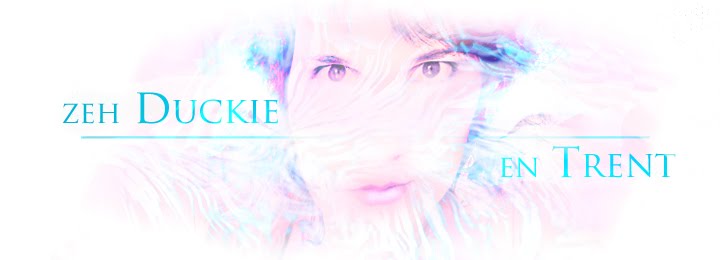For this artefact, two monologues were compiled from stand-up routine excerpts. A few lines from Nazi speeches were slipped into the text. A first group of respondents read the monologues highlighting any lines they found out of place within the general tone and context. A second group read the monologues while listening to different audio sample (these were to provide the context and style in which the monologues were presented). The aim was to explore the ways in which a certain context shapes our reception of the comedic content and delivery. They were meant to test some of the presuppositions voiced within the previous interview.
Group 1 focused on the text and they identified some of the rogue excerpts. They also found some comedy excerpts to be overly aggressive for their declared purpose.
One of audio samples presented to Group 2 was an interview recorded in a studio and had no background noise. The slightly inciting tone of the speaker in the studio interview made respondents associate the monologues with an agenda, unlike those reading it while listening to other audio samples (lecturer, comedian).
The impact of a single persistent background noise (a saw) audible in the second interview shaped all responses:
1) It created an uneasy atmosphere, made the speaker look nervous, as if saying something subversive.
2) Seemed like criticism within the rules of the system, maybe a union leader`s speech (although the tone wasn`t passionate enough at times)
3)The subject of an exhibition depicting a community. Emphasis not on the monologues (which sound like unfounded opinions) but on his dissatisfaction with his place
Identifying potentially violent discourses (especially given the use of aggressiveness on stage as part of an act) depends on the speaker`s involvement and the agreed context into which the content is delivered.

No comments:
Post a Comment